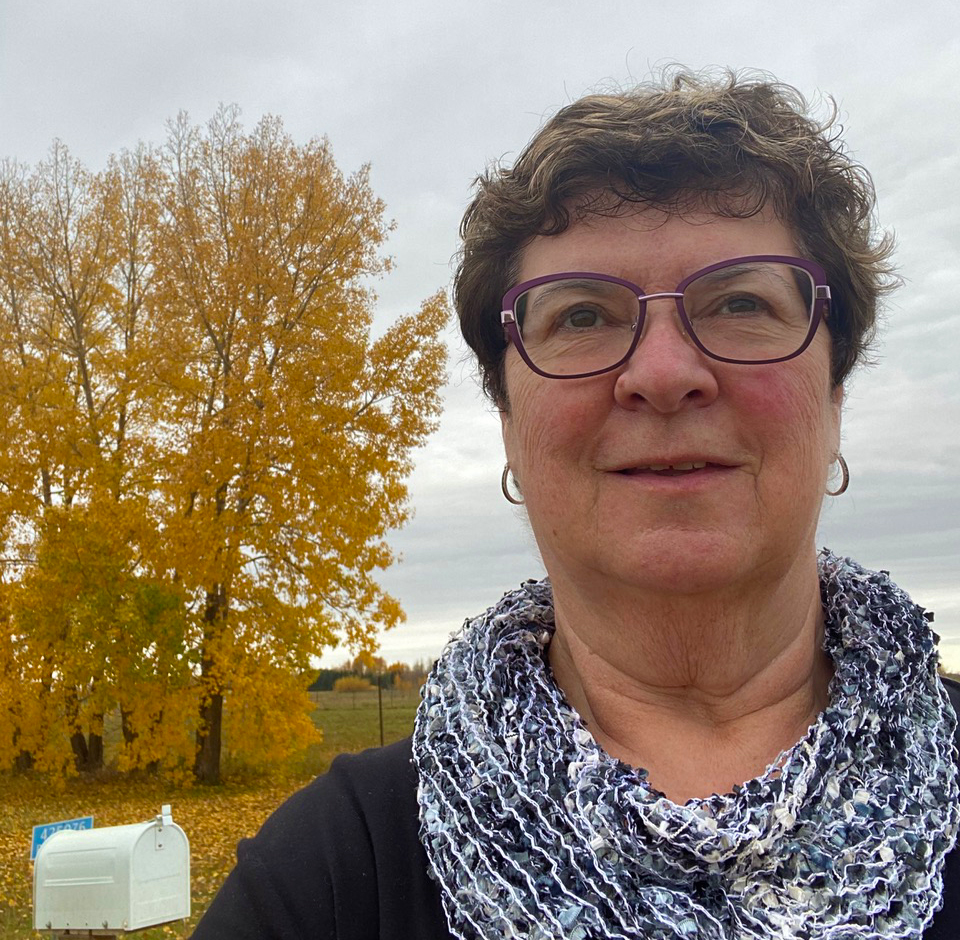|
Celebrate Alberta Rural Health Week May 26-30
Fondness for rural life drives Ponoka RN’s passion for health care
Lorena Franchuk
December 9, 2020
/News & Events/Category/Health Professions/Fondness for rural life drives Ponoka RN’s passion for health care
© Rural Health Professions Action Plan

